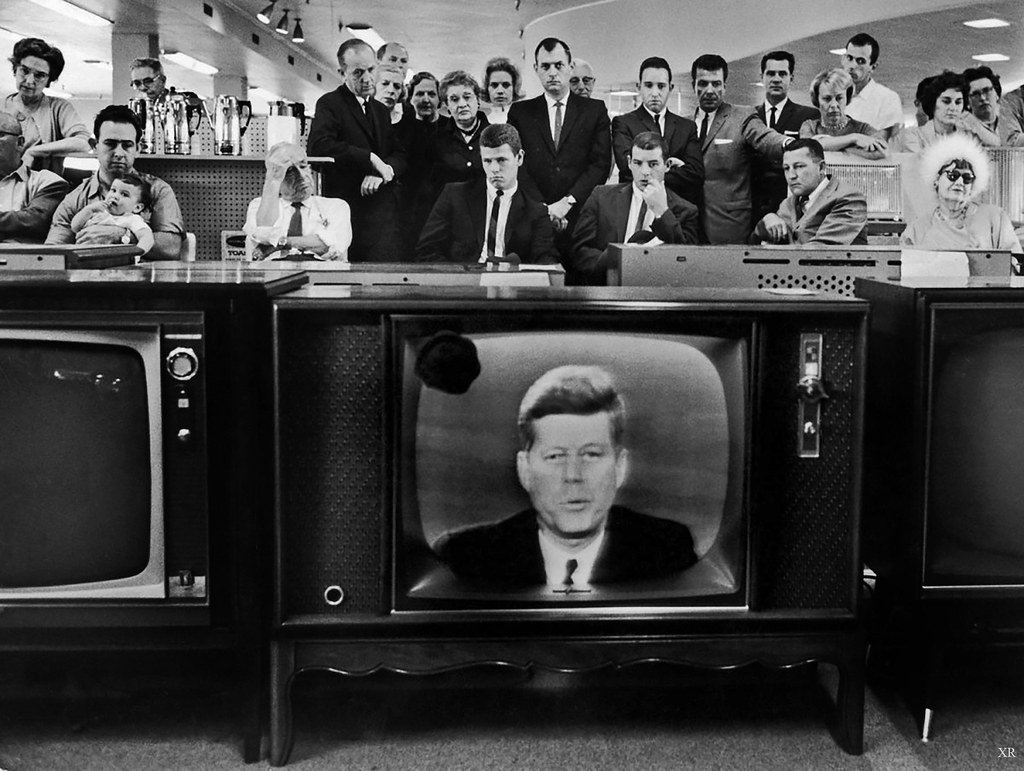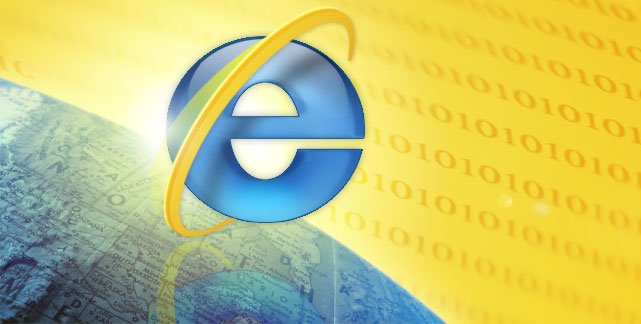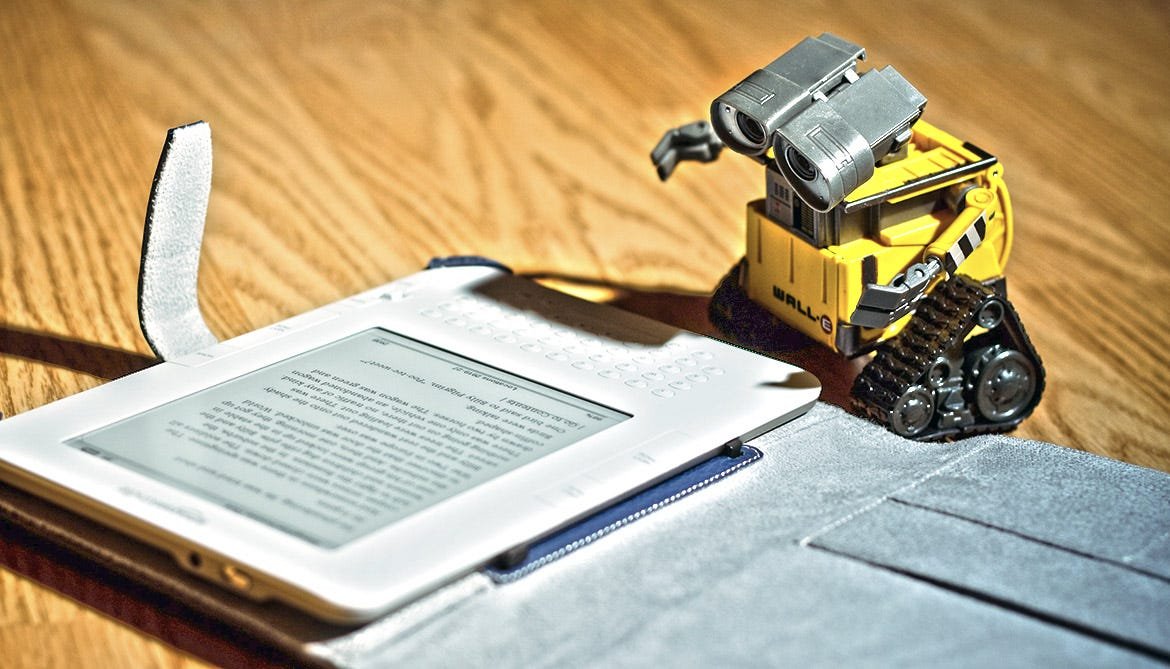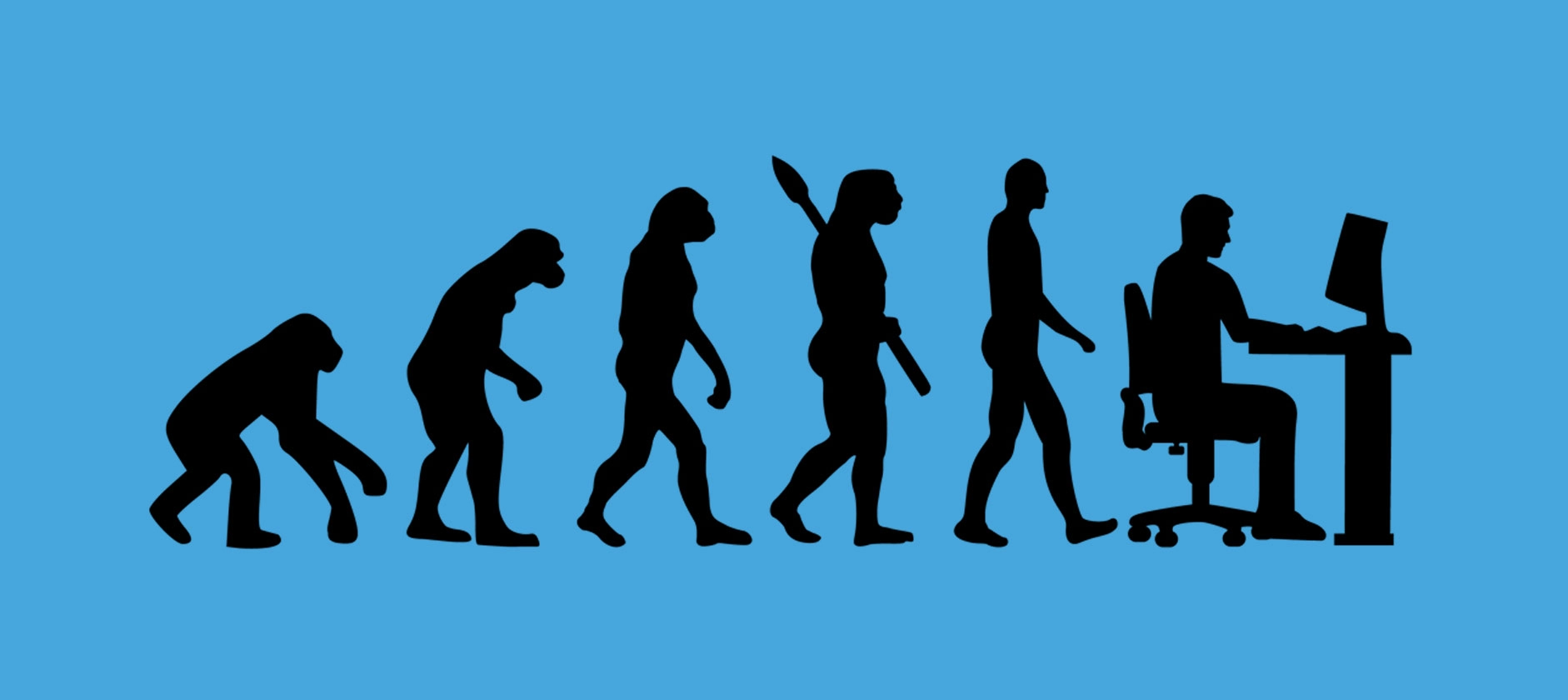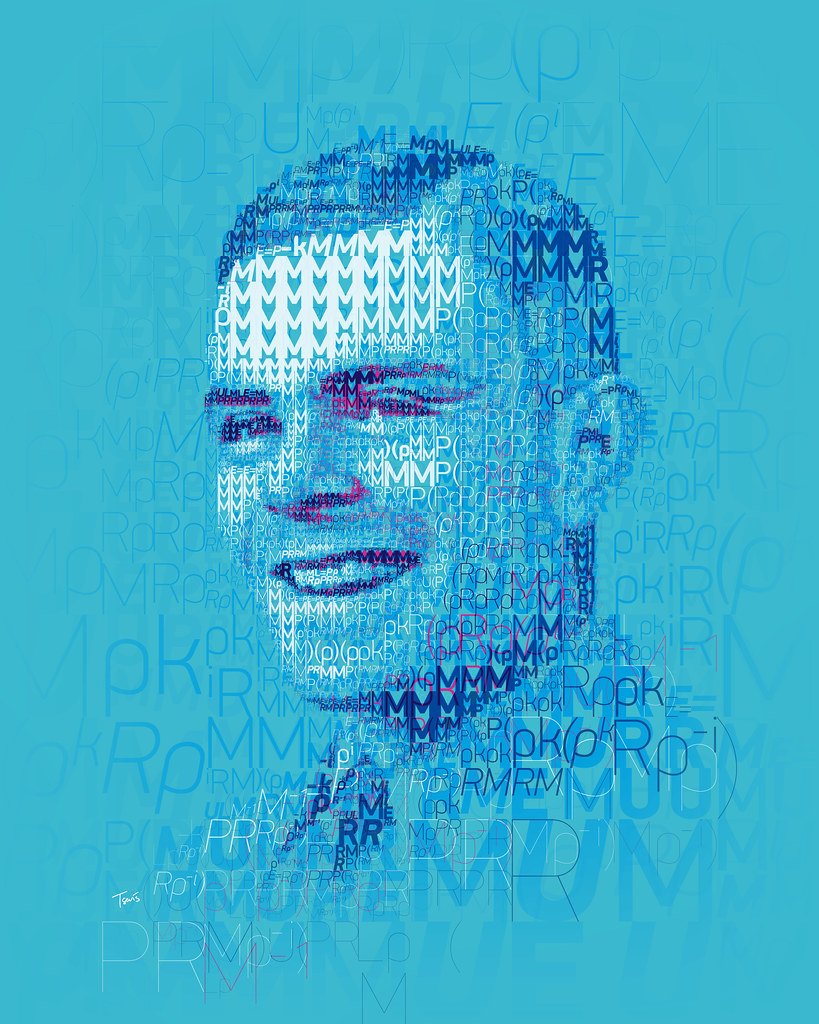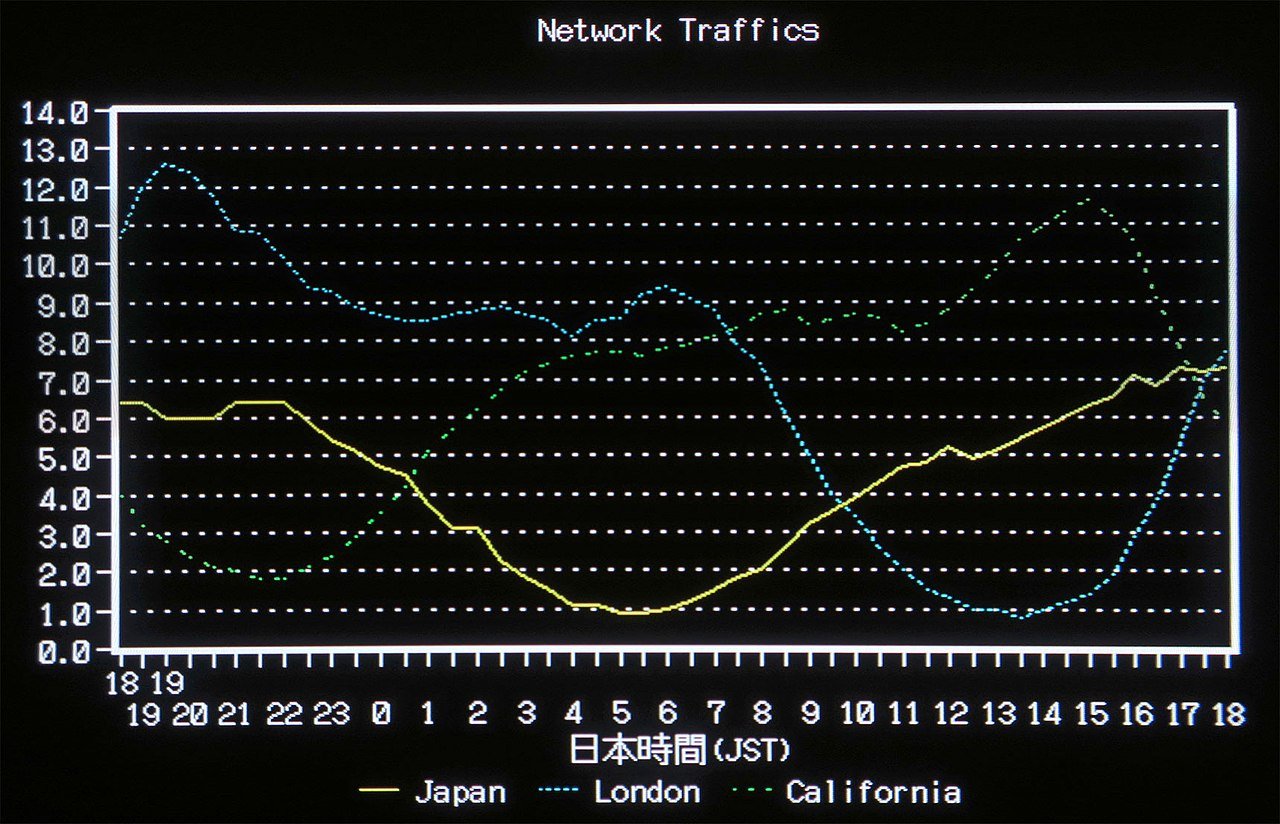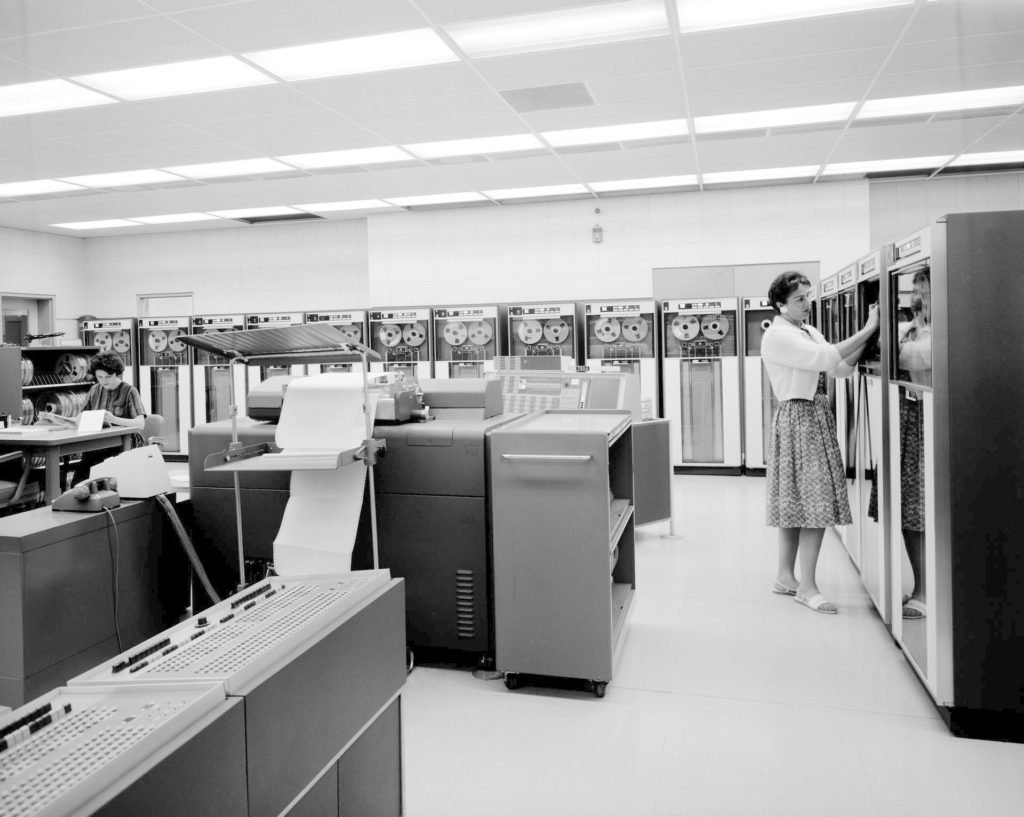In the annals of computer history, the Altair 8800 stands as a pioneering force, ushering in the era of personal computing with its revolutionary design and expandable architecture. Introduced in 1975 by Micro Instrumentation and Telemetry Systems (MITS), the Altair 8800 was a small blue-box computer that captured the imagination of early computing enthusiasts. At its core was the Intel 8080 microprocessor, a 2 MHz powerhouse that marked a significant leap forward in computational capabilities.
What set the Altair 8800 apart was its distinctive front panel adorned with toggle switches and LEDs. This panel served as a manual interface for users to input machine code instructions, an intriguing departure from contemporary computing methods. The process required users to set the switches to represent binary values, offering a tactile and visual connection to the machine’s inner workings.
Lacking a built-in operating system or software, the Altair 8800 demanded hands-on programming effort. Users, often early computer hobbyists, would manually toggle switches to input a bootstrap loader, a necessary step to load software from external storage devices such as paper tapes. This hands-on approach to programming became a hallmark of the Altair 8800 experience.
The expandability of the Altair 8800 was a key factor in its success. MITS offered a range of expansion cards that users could add to enhance the computer’s capabilities, including additional memory, I/O ports, and processors. This flexibility turned the Altair 8800 into a versatile platform that catered to the burgeoning community of computer enthusiasts, setting the stage for the emergence of a personal computing revolution.
Table of Contents
Notably, the Altair 8800 became a pivotal platform for software development. Microsoft founders Bill Gates and Paul Allen famously created a version of BASIC for the Altair, solidifying the machine’s place in computing history. The success of the Altair 8800 reverberates through time, influencing the trajectory of personal computing and laying the foundation for the diverse landscape of devices we navigate today. Join us as we delve into the history, features, and impact of the Altair 8800, a true trailblazer in the evolution of computing.
What was the Altair 8800 used for?
The Altair 8800, introduced in 1975, served as one of the first personal computers, marking a pivotal moment in the history of computing. Primarily targeted at computer enthusiasts and hobbyists, the Altair 8800 found utility in various applications despite its basic design.
One of its key uses was as a platform for learning and experimentation in computer programming. Users manually input machine code instructions through the front panel switches, providing a hands-on experience that was crucial for early computer education. The lack of a built-in operating system meant that users had to write their software or adapt existing programs, fostering a culture of innovation and exploration.
Additionally, the Altair 8800 became a testbed for software development, attracting attention from early programming pioneers. Microsoft, then a fledgling company, gained prominence by creating a version of the BASIC programming language for the Altair 8800. This marked a significant milestone for Microsoft and played a pivotal role in the widespread adoption of the Altair as a versatile computing platform.
While not initially designed for specific commercial or business applications, the Altair 8800’s expandability through additional hardware and the burgeoning ecosystem of third-party peripherals allowed users to adapt it for various tasks, further solidifying its place in the developing world of personal computing.
What did Microsoft create for the Altair 8800?
For the Altair 8800, Microsoft developed a version of the BASIC programming language known as Altair BASIC. This collaboration between Bill Gates, Paul Allen, and MITS (Micro Instrumentation and Telemetry Systems), the company behind the Altair 8800, played a pivotal role in the early success of both Microsoft and the personal computer industry.
Altair BASIC was one of the first high-level programming languages available for microcomputers, providing a user-friendly interface and significantly simplifying the programming process. This software allowed Altair 8800 users to write and run BASIC programs without the need for extensive low-level machine code programming.
The success of Altair BASIC marked Microsoft’s first significant achievement, establishing the company as a key player in the software industry. It also demonstrated the potential of third-party software development for microcomputers, paving the way for the software-centric model that would become integral to the personal computer revolution. The collaboration between Microsoft and MITS on Altair BASIC laid the groundwork for Microsoft’s future success in the software industry. It highlighted the importance of software ecosystems in the developing world of personal computing.
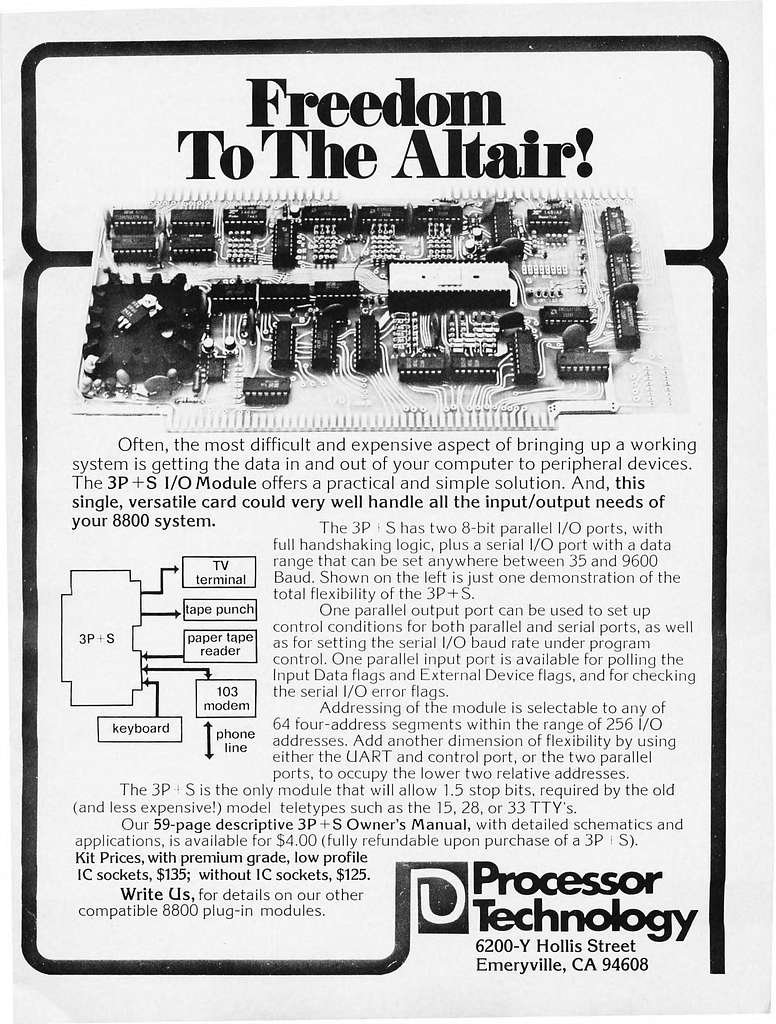
How much RAM does the Altair 8800 have?
The Altair 8800, upon its initial release in 1975, featured a modest 256 bytes of random-access memory (RAM). This limited memory capacity was typical of early microcomputers of that era. The primary function of RAM is to provide volatile storage for the computer to hold temporarily and access data during program execution. In the case of the Altair 8800, users had to contend with the challenges of managing and optimising their programs within the constraints of this minimal RAM capacity.
However, the Altair 8800’s memory was expandable, and users could upgrade the system to accommodate more RAM. With the addition of expansion cards, users could increase the memory capacity up to a maximum of 64 kilobytes, offering greater flexibility for running more complex programs and handling larger datasets. This expandability contributed significantly to Altair’s popularity, as it allowed users to adapt the system to meet their evolving computing needs. Despite its modest beginnings, the Altair 8800, with expandable memory options, played a pivotal role in shaping the landscape of early personal computing.
Altair 8800
The Altair 8800 was one of the first personal computers and is considered a significant milestone in the history of computing. Here are the details about the
Introduction
In 1975, Micro Instrumentation and Telemetry Systems (MITS), founded by Ed Roberts, unveiled the Altair 8800, a pioneering personal computer. This innovative machine featured the Intel 8080 microprocessor and became a cornerstone in the history of computing. The Altair 8800’s introduction marked a transformative moment, laying the groundwork for the burgeoning era of personal computing. Ed Roberts and MITS played a pivotal role in democratizing access to computing power, influencing the trajectory of technology and shaping the landscape for future innovations in the realm of personal computers.
Form Factor
The Altair 8800, a pioneering personal computer introduced in 1975, was characterized by its compact, blue-box design. The distinctive front panel featured an array of switches and lights, offering a manual interface for users. This panel, adorned with toggle switches, allowed enthusiasts to input machine code instructions by setting binary values manually. The blinking lights corresponded to memory locations, providing a visual representation of the computer’s activity. Despite its modest appearance, the Altair 8800 played a monumental role in the history of personal computing, setting the stage for the technological revolution that followed.
Processor
The Intel 8080 microprocessor drove the Altair 8800, an 8-bit CPU clocked at 2 MHz. Introduced in 1975, this powerful microprocessor marked a significant advancement in computing capabilities during the early days of personal computing. The 2 MHz clock speed, while modest by contemporary standards, was instrumental in providing the processing power necessary for the Altair 8800 to execute machine code instructions, enabling users to interact with the computer through its distinctive front panel manually. This combination of innovative hardware laid the foundation for the Altair 8800’s role as a trailblazer in the emerging realm of personal computers.
Memory
The Altair 8800, launched in 1975, initially boasted a mere 256 bytes of memory. However, its expandable design allowed users to augment the system’s capabilities significantly. Through the addition of expansion cards, the Altair 8800 could accommodate up to a maximum of 64 kilobytes of memory. This expandability was a crucial feature that appealed to early computer enthusiasts, providing them with the flexibility to scale up the system’s memory capacity and adapt to the evolving demands of computing during that pivotal era in the history of personal computers.
Front Panel
The hallmark of the Altair 8800 was its distinctive front panel, a pioneering interface in the realm of early personal computing. Adorned with a series of toggle switches, this panel allowed users to manually input machine code instructions by setting the switches to represent binary values. This hands-on approach to programming, though labor-intensive, provided a direct connection between the user and the computer’s inner workings. Complementing the toggle switches were LEDs (light-emitting diodes) corresponding to memory locations, offering a visual representation of the computer’s memory state and processing activity. This dual interface—tactile switches for input and illuminating LEDs for output—defined the Altair 8800’s user interaction, making it a symbol of the hands-on, experimental spirit characterizing the early days of personal computing.
Programming
The Altair 8800, a trailblazer in personal computing, operated without a built-in operating system or software upon its 1975 release. Instead, users engaged with the machine through a unique process—manually toggling switches to input a bootstrap loader. This loader was essential for initiating the loading of software, typically stored on external devices like paper tapes. The absence of an operating system mandated a hands-on approach to programming, and early users frequently delved into the intricacies of machine language or assembly language. This tactile method of interaction not only defined the Altair 8800 experience but also encapsulated the pioneering spirit of early computer enthusiasts navigating the uncharted realms of personal computing.
Expansion
The Altair 8800 owed much of its success to its remarkable expandability, a key feature that set it apart in the emerging era of personal computing. MITS, the creator of Altair, ingeniously designed the system with the provision for expansion cards. These cards, when added to the Altair 8800, bestowed the computer with enhanced capabilities, ranging from augmenting memory to incorporating additional input/output (I/O) ports or even integrating extra processors. This flexibility transformed the Altair into a remarkably versatile platform, especially appealing to hobbyists and early computer enthusiasts. The expandability allowed users to tailor their Altair systems to meet specific requirements, fostering a community of innovators who could push the boundaries of computing during this pivotal period in the history of personal computers.
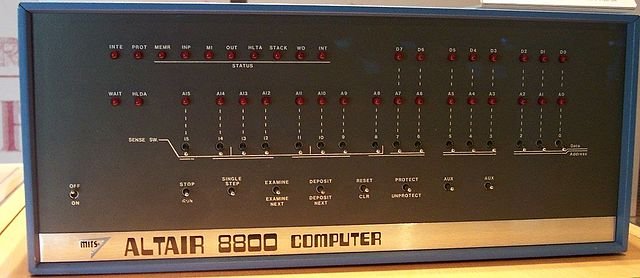
Impact
The Altair 8800 is revered for its pivotal role in inspiring the birth of the personal computer industry. Notably, Microsoft founders Bill Gates and Paul Allen crafted a version of BASIC specifically for the Altair, marking one of the earliest programming languages tailored for this groundbreaking machine. This development not only showcased the Altair’s adaptability but also laid the foundation for Microsoft’s future prominence in the software realm.
The success of the Altair 8800 resonated beyond its hardware capabilities. It played a crucial role in popularizing the concept of personal computing during the late 1970s and 1980s.
As enthusiasts and developers embraced the Altair’s expandable architecture, it catalyzed the proliferation of personal computers, setting the stage for the dynamic and diverse computing landscape we witness today. The Altair 8800’s impact extends far beyond its time, solidifying its legacy as a catalyst for the personal computing revolution.
Legacy
The Altair 8800 holds a timeless legacy as a pioneering force in personal computing, laying the foundation for the modern computing industry. Its impact reverberates through time, shaping the early history of microcomputers and catalyzing the home computing revolution. Introduced in 1975 by Micro Instrumentation and Telemetry Systems (MITS), the Altair 8800 was a trailblazer with its Intel 8080 microprocessor and expandable architecture. Its distinctive front panel, manual programming, and flexible memory options endeared it to early computer enthusiasts. As the birthplace of Microsoft’s early software endeavors, such as the development of BASIC, the Altair 8800 played a crucial role in shaping the landscape of personal computing. Today, its enduring influence can be traced to the evolution of technology, marking a pivotal chapter in the journey toward the diverse and sophisticated computing landscape we experience in the present day.
The Altair 8800, introduced in 1975, stands as a groundbreaking milestone in the history of personal computing. Pioneered by Micro Instrumentation and Telemetry Systems (MITS), this compact blue-box computer, powered by the Intel 8080 microprocessor, marked the advent of personal computing. Its distinctive front panel, adorned with toggle switches and LEDs, engaged early computer enthusiasts in hands-on programming, offering a tactile connection to the machine’s inner workings.
Lacking a built-in operating system, the Altair 8800 demanded manual effort for programming, yet its expandability through additional cards paved the way for customization. Notably, Microsoft founders Bill Gates and Paul Allen developed a version of BASIC for the Altair, underscoring its impact on software evolution. The Altair 8800, with its pivotal role in the early days of personal computing, laid the foundation for the diverse and dynamic computer industry we experience today.

